Members of the House Armed Services Committee are pushing for the Army to establish a dedicated Drone Corps to manage unmanned aerial systems (UAS) and counter-UAS programs. However, a senior Army leader has expressed concerns about this proposal.
The Proposal for a Drone Corps
Recently, the House Armed Services Subcommittee on Tactical Air and Land Forces introduced draft language for the fiscal 2025 Servicemember Quality of Life Improvement and National Defense Authorization Act. A key provision in this draft mandates the creation of a Drone Corps, which would oversee small and medium UAS and counter-UAS weapons. This new branch would:
- Serve as a command center for Army operations involving UAS.
- Integrate UAS with traditionally non-UAS forces.
- Conduct research, development, testing, and evaluation of UAS technologies.
- Provide specialized training for personnel.
- Develop strategies to counter drones and perform other related functions as directed by the Secretary of the Army.
Army Leadership’s Concerns
While the Army is focused on modernizing its UAS capabilities, some leaders are not convinced that creating a Drone Corps is the best approach. Army Undersecretary Gabe Camarillo voiced his concerns during an event hosted by the Center for a New American Security.
Camarillo acknowledged the importance of addressing UAS threats but suggested that establishing a new branch might divert attention from ongoing efforts. He emphasized the importance of experimenting with commercial off-the-shelf UAS capabilities within existing units to better understand their applications and tactics. According to Defense Talks, Camarillo said:
“Creating a corps or other institutional structures could take away focus from things we’re actually doing. It’s important to give units UAS capabilities to experiment with and understand their tactics, techniques, and procedures.”
Current Initiatives
The Army is already pursuing several initiatives to enhance its UAS capabilities. One such initiative is the “transforming in contact” concept, which uses unit rotations to determine necessary technologies and configurations. This approach involves experimenting with brigades, providing them with UAS kits to figure out effective usage and gather feedback.
Chief of Staff Gen. Randy George supports these efforts, highlighting the need for experimentation and practical feedback. Camarillo noted that these experiments and other initiatives could provide valuable insights into operational and acquisition perspectives.
Operational Focus Over Institutional Changes
Camarillo argued that current efforts like “transforming in contact” and other experiments are more likely to yield tangible benefits than creating a new branch. He stressed the importance of focusing on practical applications, technology efficacy, and efficient procurement processes rather than establishing new institutional structures.
“The institutional implications are secondary to figuring out how we’re going to employ the technology, what technology works best, and ensuring our buying processes are in place,” said Camarillo. “A new branch or Center of Excellence won’t necessarily help us buy faster or get more resources.”
The proposal for a Drone Corps aims to enhance the Army’s UAS capabilities through a dedicated command structure. However, senior Army leaders believe that current experimental and operational approaches may be more effective in addressing UAS threats. The debate highlights the ongoing challenge of balancing innovation with practical implementation in military modernization efforts.
DroneXL’s Take
From a drone advocacy perspective, the establishment of a Drone Corps could streamline UAS management and innovation, potentially leading to more rapid advancements in Drone Technology and countermeasures. However, it’s crucial to consider the practical aspects of integration and experimentation already underway within the Army. Balancing institutional change with hands-on experimentation may provide the best path forward, ensuring that new technologies are effectively implemented and utilized on the battlefield.
Discover more from DroneXL
Subscribe to get the latest posts to your email.

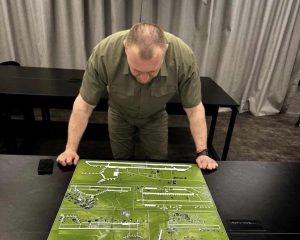

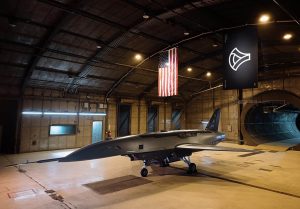


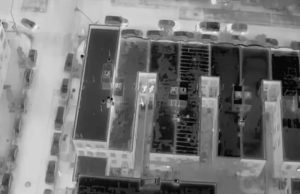

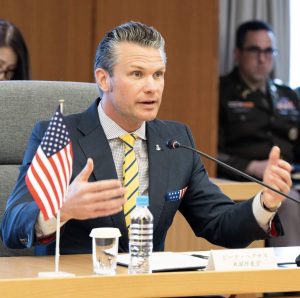
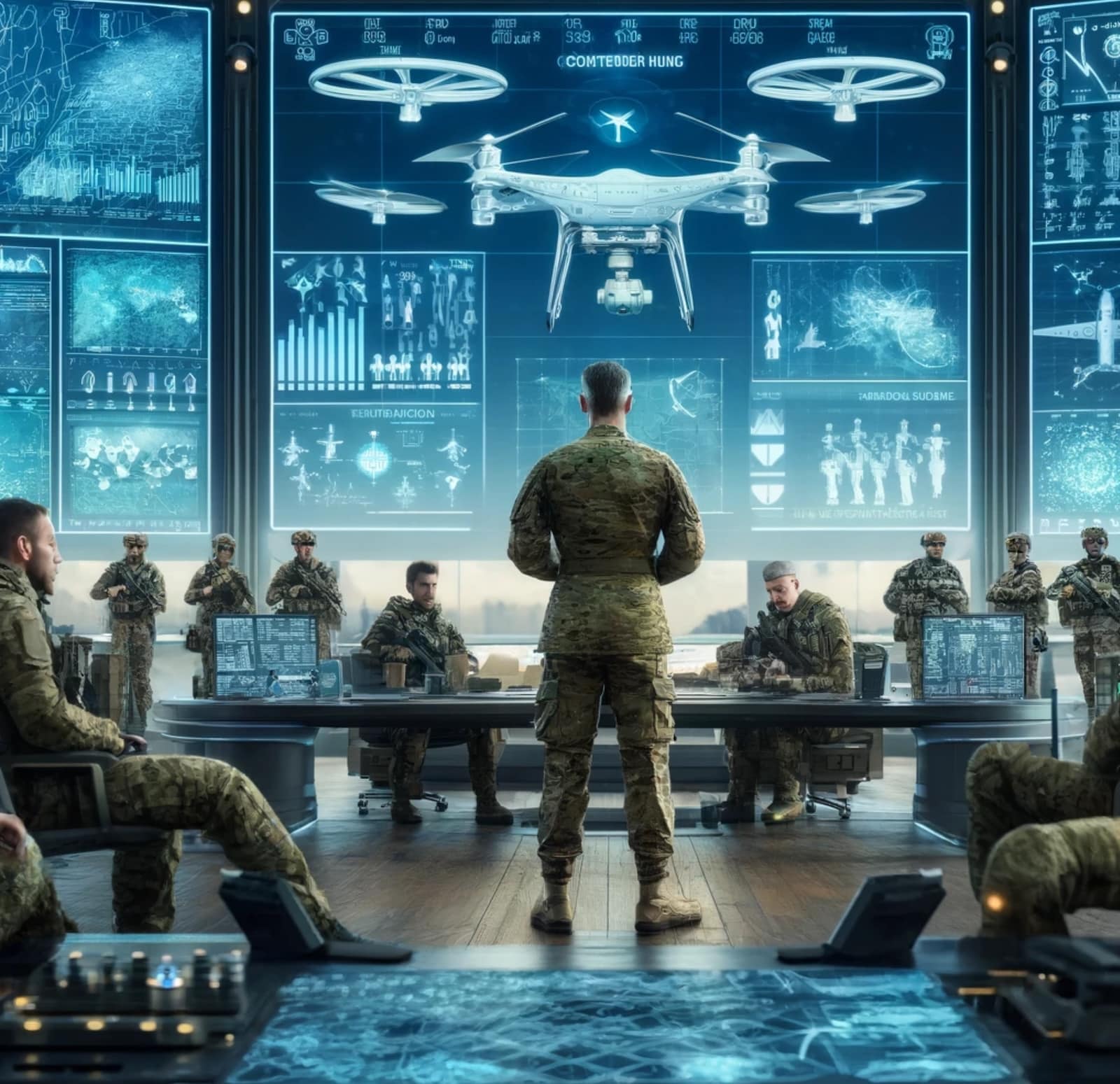
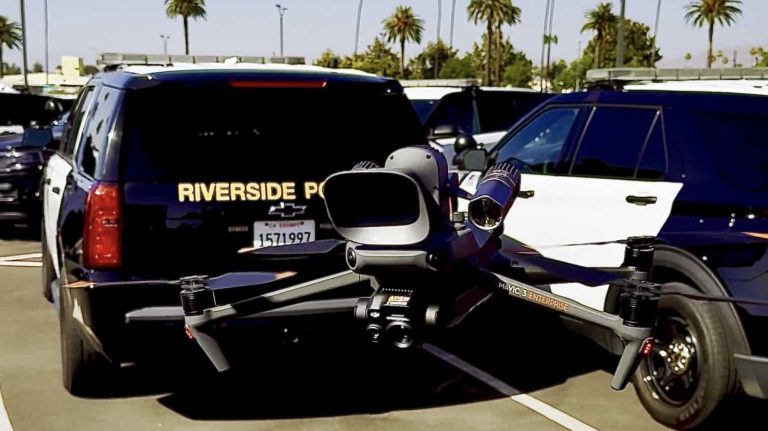
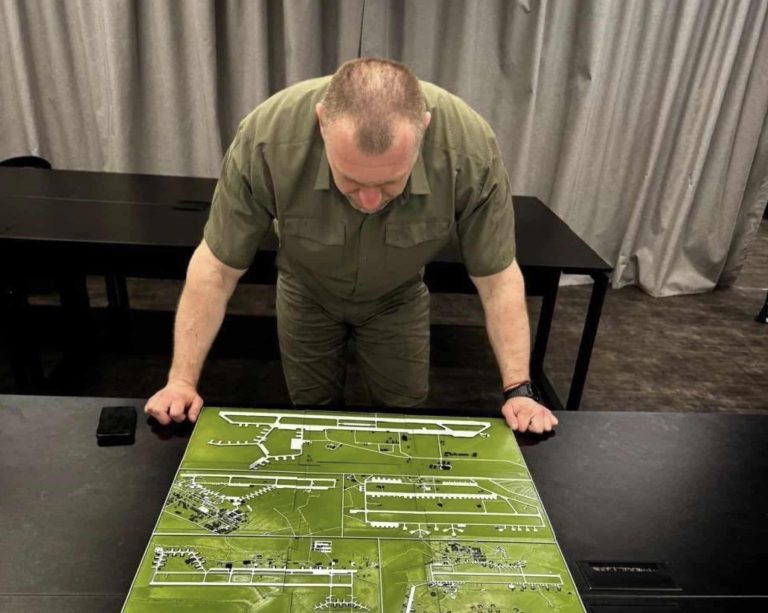


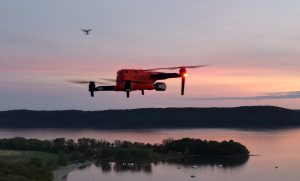

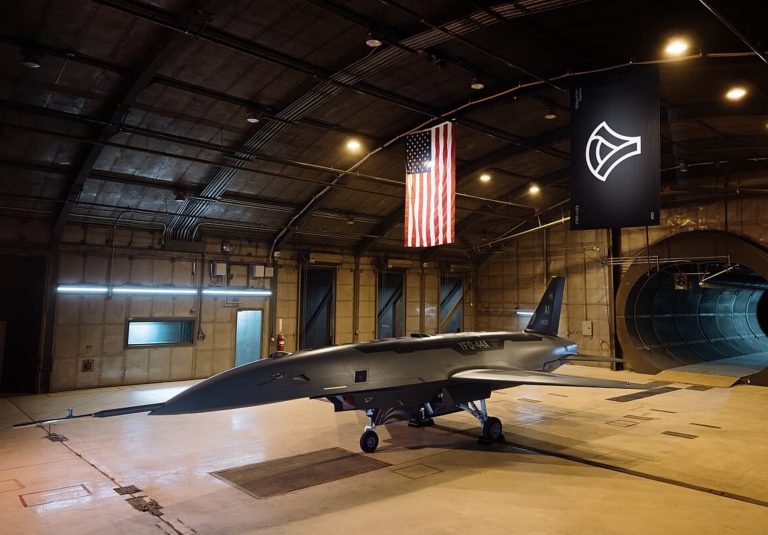
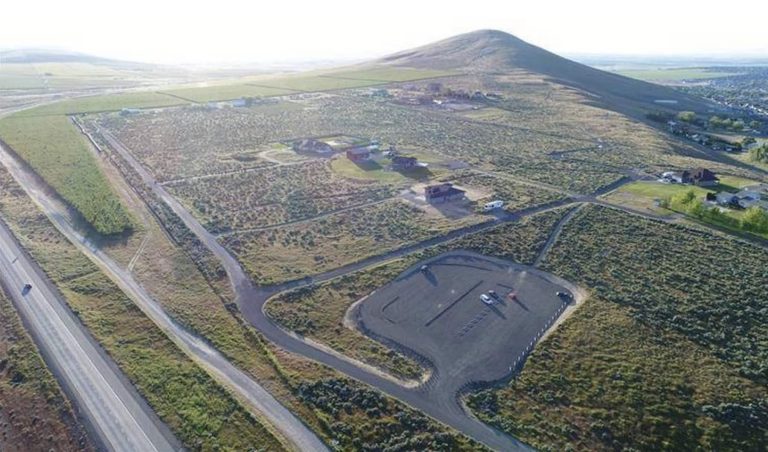
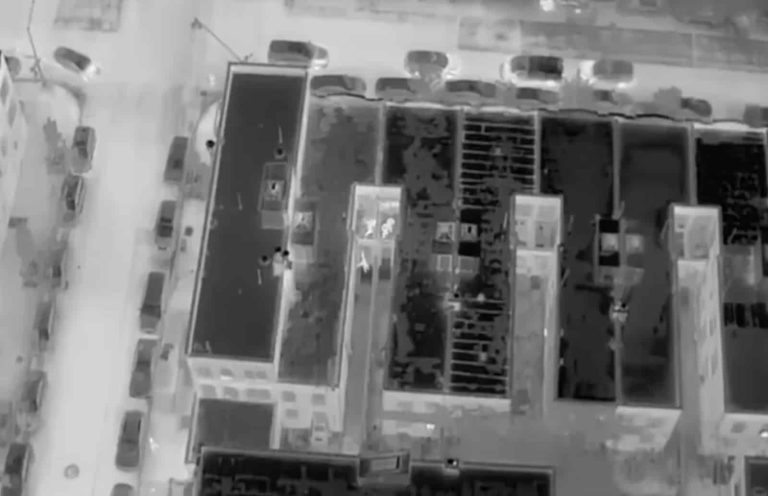

+ There are no comments
Add yours